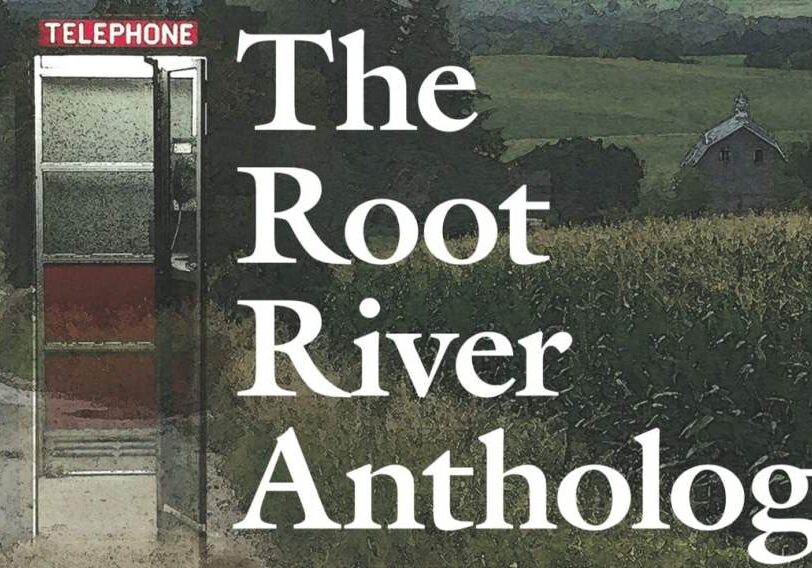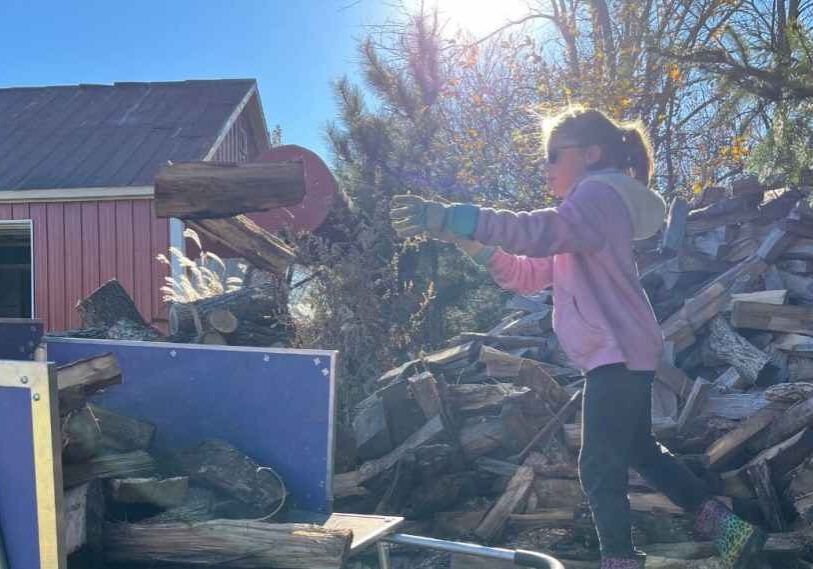Essay | Scottish Highlands South of Highland

AMHERST TOWNSHIP, FILLMORE COUNTY—I grew up on a dairy farm. Black and white Holsteins wallpaper the backdrop of my early childhood. They were ever present, governing the daily rhythms of work and play.
In high school I took my turn milking cows, biking five miles from our home in town to my uncle’s dairy farm near Caledonia for the twice a day milkings during summer break. This high school job seemed run-of-the-mill until I went off to college in St. Paul and learned that my “one unique fact” to be recited among my contemporaries during the college freshman get-to-know-each other introductions could simply be that I had milked cows.
Thus, when I found a homestead of my own in the Big Woods, I didn’t pause to ponder whether there would be cows. My wife and I merely had to decide what type of cows would grace/graze our pastures.
We were practical enough in our analysis to eliminate anything that might need milking. Time wouldn’t allow for that. Angus seemed too common. Hereford? Belted Galloway? We might have continued down the list had we not discovered the Scottish Highland breed early in our envisioning.
If you have walked in any art or home décor store in the past ten years, there’s a good chance you probably found a giant canvas painting of a cow’s head gracing the gallery—most likely the picturesque Scottish Highlander. Their popularity has grown thanks to some incidental promotion by unwitting painters and photographers alike. As picturesque as the breed is, the fuzzy calves are the best targets for any camera.
As the name suggests
The breed originated in the Highlands of Western Scotland. Scottish Highland owners like to brag that the breed is the oldest registered breed of beef cattle in the US. They may also point out that a grouping of Highlanders is called a “fold,” not a “herd.” It may sound pretentious, however the Highland ranchers we’ve met are anything but.
Their unmistakable long horns and forelocks make them quickly distinguishable from all other breeds. Highlanders have thick coats and are known to be hardy to the elements as a result. Their two coats of hair minimize their need to accumulate body fat for warmth, and the resulting meat tends to be leaner than average.
They gain weight more slowly than other breeds and calves are 50-70 pounds at birth. They come in all sorts of colors and are generally docile.
By unanimous vote, we had our winner. If we were going to raise a few cows, we may as well have some fun with it. Life in the Big Woods was going to be perfectly pastoral with a few of those hairy critters grazing the pasture and more importantly, stocking the freezer with quality, home-raised beef.
Fast forward past the frustrations of chasing loose cattle, failed artificial insemination, and a season’s worth of weekends devoted to fencing, and our objective is almost within reach.
Seven and growing
At present, we have seven Highlanders in our fold, three cow-calf pairs and a bull. The bull was a recent addition, and he proved his worth upon the early summer arrival of a few cute calves.
They are good mothers. So good, in fact, that they are willing and able to use those majestic horns for protection against other wild animals. Exhibit ‘A’ being my wife’s miniature donkey that earned a trip to the vet for stitches after trying to play with a calf without the permission of mother. That’s a story for another time.
The cows are mostly content enough to mind their own business, until, that is, apple season.
We are cultivating a dozen apple trees and the dead falls get demoted to cattle feed. The sound of an apple hitting the bottom of an empty five-gallon pail apparently echoes quite well through our little clearing in the woods. In no time at all, we have four sets of horns silently lined behind the wood fence rails, salivating at the prospect of a sugary treat, even if half rotten. Their forelocks mostly cover their eyes, so they put their sniffers to work homing in on each morsel tossed their direction. Nothing goes to waste. The grand finale is the four of them patiently waiting for us to go gather more.
Our cows have names, but they are not pets. They frequently cause me pause, prompting me to question why we invest money in fences, gates, hay equipment, and sheds. Let’s not discount the time it takes managing it all.
But they do bring a sense of peace and equilibrium to our homestead—a peace that immediately evaporates when by some sixth sense only cows have, they find the weak spot in the fence. I find reassurance and justify these challenges by telling myself that I’m doing it for the kids. “The kids will be better off if they live the full country experience,” is the catchy phrase I may as well have watermarked on the check blanks.
But those are just the lies I tell myself. The fact of the matter is, like many other herdsman and women, I simply wouldn’t have anything to do if we didn’t have cows decorating our Big Woods backdrop.






